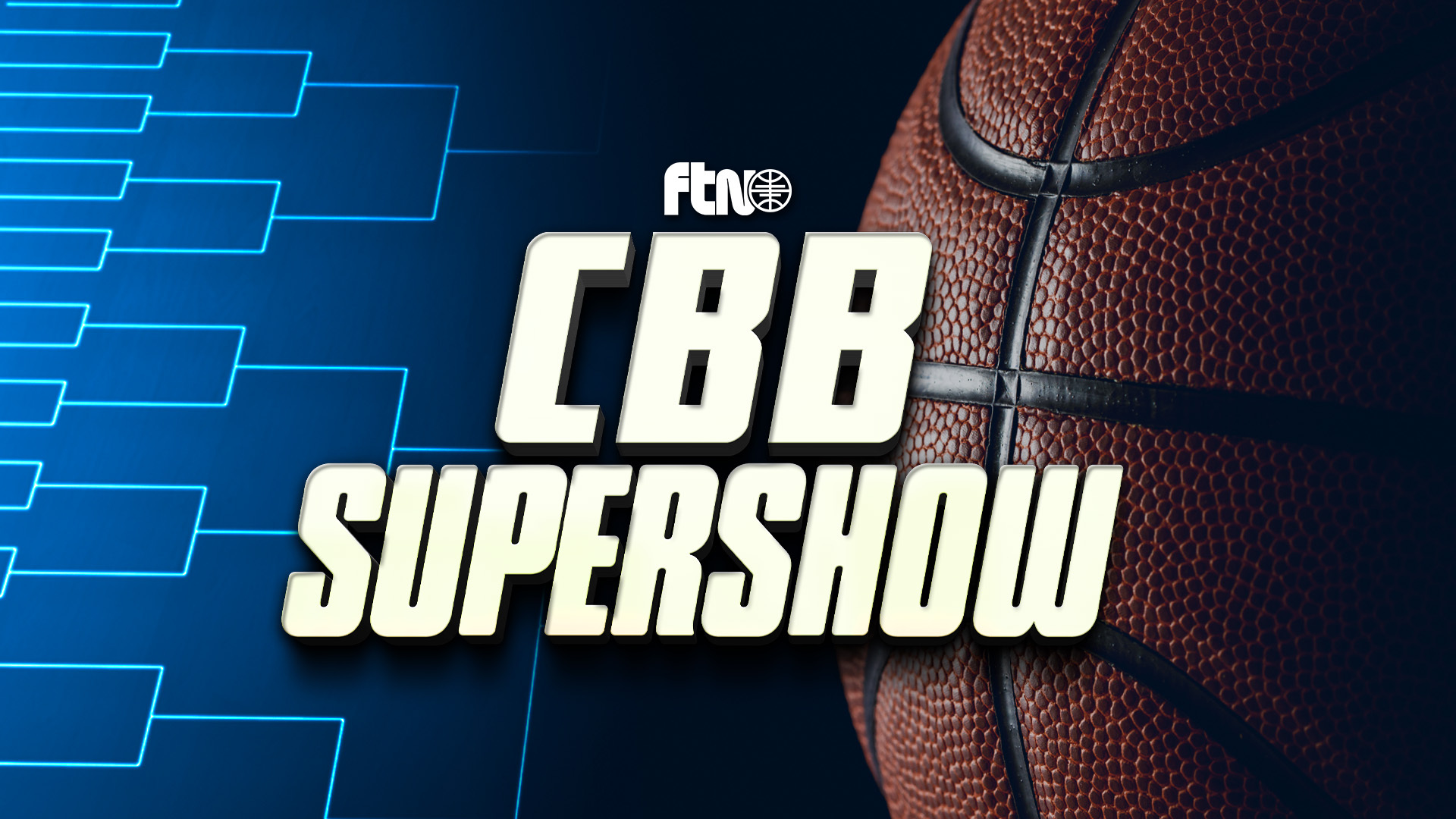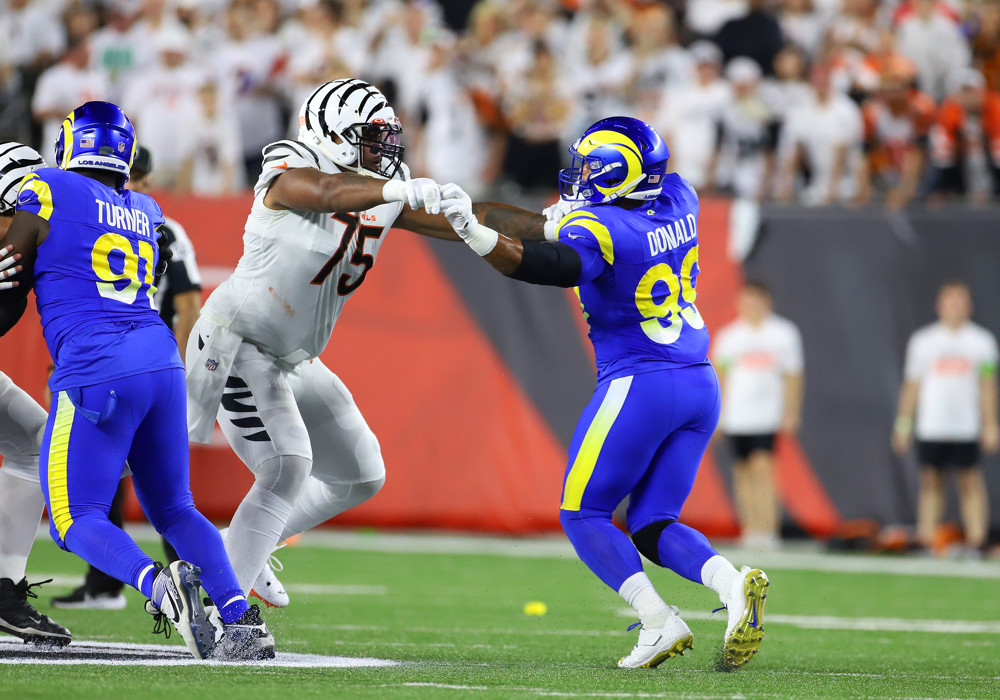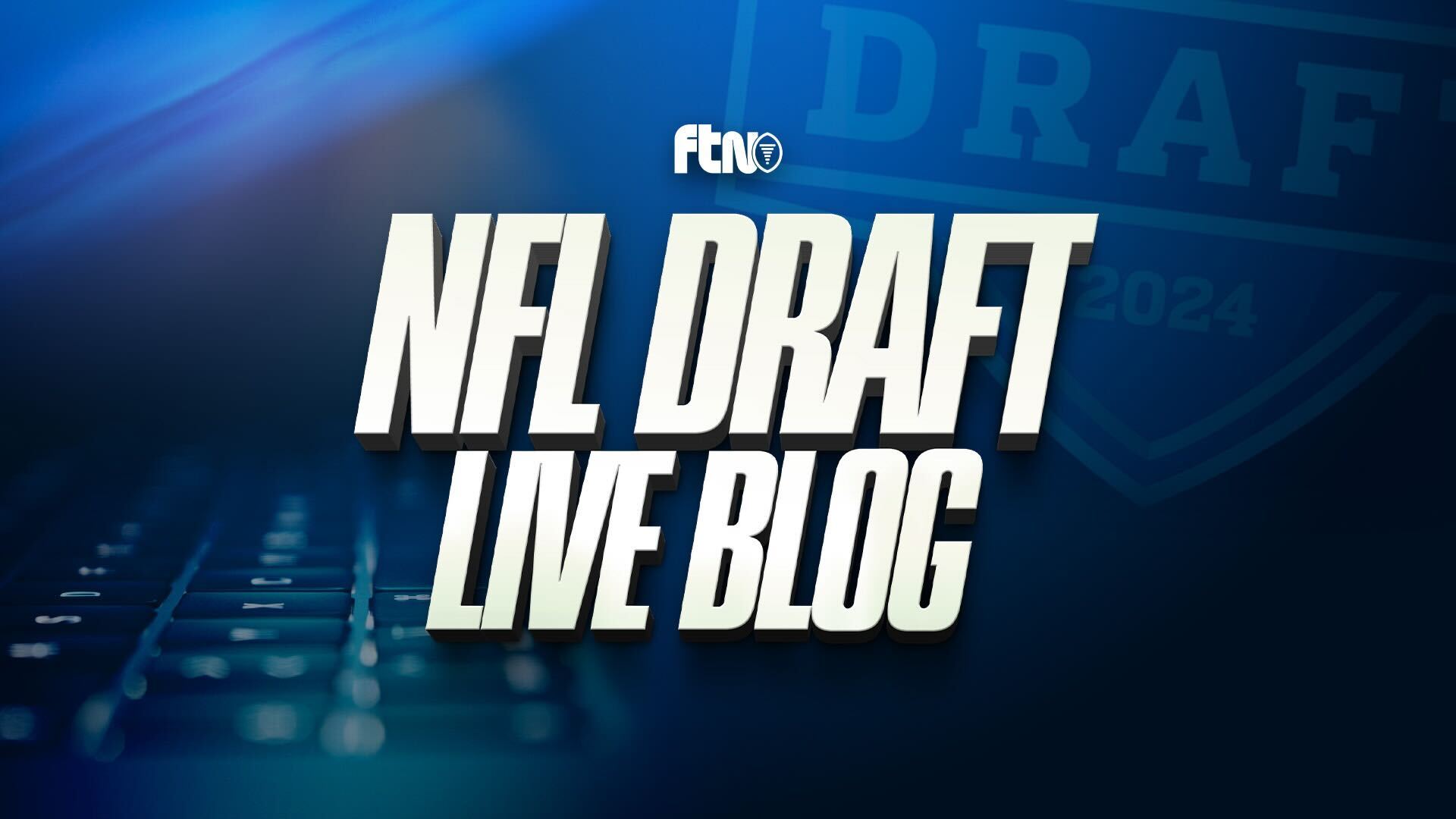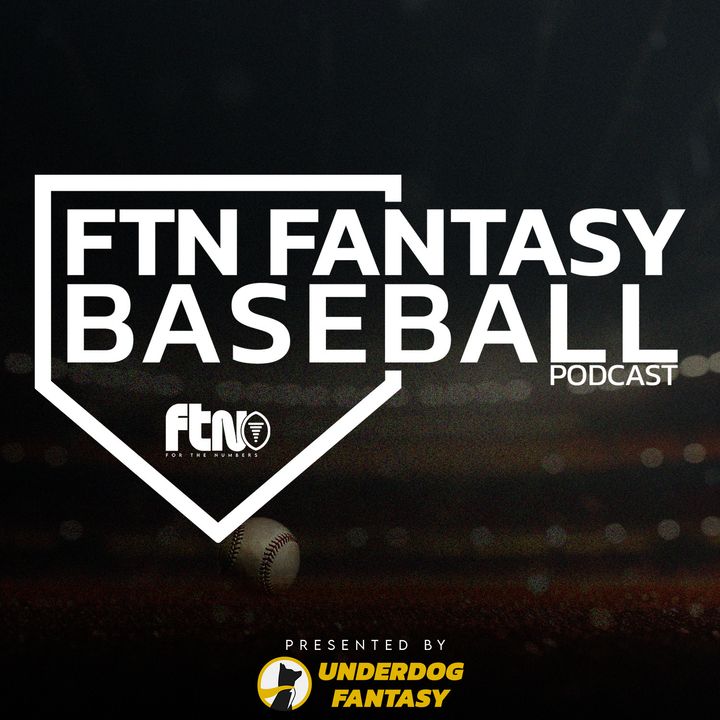
For those unfamiliar with SuperDraft, it’s a unique spin on the traditional DFS format where players are differentiated by score multiplier instead of price or salary. Each players’ points within your lineup are multiplied to produce your final score.
As there is no salary cap, you simply select a team of eight players – 1 QB, 2 RB, 3 WR, 1 TE, 1 flex.
Multipliers on all players are between 1.0x and 2.0x. The creme de la creme — guys like Patrick Mahomes, Christian McCaffrey and Davante Adams — are typically right at the low multiplier of 1.0x, while most of the unproven or less-skilled players are closer to the other end, typically in the 1.75x to 2.0x range. The multipliers on players change every week/new slate, but we rarely see drastic price increases from one week to the next unless there is a major injury or massive role change somewhere. One of the keys of the game is to identify those mispriced players with a high multiplier (1.6x-2x) and in good matchups though it is also important to balance out your lineups with low multiplier studs as well. All contests are 0.5 points per reception. SuperDraft contest also reward an additional two points for over 100 yards rushing or receiving or over 300 yards passing.
Scoring is best exemplified as follows:
Let’s say that Deebo Samuel’s multiplier in a given week is 1.5x.
If his line ends up 8-120-1, his scoring is broken down as follows:
- 8 receptions — 4 base points
- 120 yards — 14 base points (12 for yardage, 2 for the bonus)
- 1 touchdown — 6 points
That’s 24 base points, and with the multiplier, his total SuperDraft fantasy points would be 36.
You can choose to play in 50/50s or Double-Ups (aka cash games) or GPPs (guaranteed prize pools, aka tournaments). They do have a Salary Cap mode as well as a Champion Mode, the latter a contest specifically for single games. But the Multiplier format is the most popular one.
Building a winner
SuperDraft is in their third season of operation. It just so happens that I was their first ever GPP winner back in 2019 on the heels of a Detroit Lions Matthew Stafford/Marvin Jones/T.J. Hockenson stack.
I remember it vividly because our first son was born exactly two months prior. I was low on sleep, took a nap during the afternoon games and woke up to text messages from friends, ecstatic to see me in first place in the $20 GPP with the Lions-Cardinals game in overtime. It just so happened that both Stafford and Hockenson had 2x multipliers that week. It was Hockenson’s first professional game as he put up a monster line of 6-131-1 which equated to 44.2 FP at the 2x multiplier.
This was a $20-entry GPP with over 8,000 entries. But since SuperDraft was new to the scene at the time, the contest experienced some overlay (unfilled entries). Since that time, SuperDraft has grown massively in popularity, paying out millions in prizes over the last couple of seasons.
Building with balance: A case study
During the 2020 NFL season, I tracked the teams of the $20-entry large-field GPP winners in an attempt to investigate the underpinnings of a winning formula. I tracked all GPP winners of that contest from Week 4 through Week 16 of the 2020 season and here is the most interesting thing I discovered:
The average multiplier of a GPP-winning lineup in 2020 was a perfectly balanced 1.49x
One would think that to beat a field of thousands of entries, one would have to perfectly nail as many high-multiplier (near 2x) guys as possible, but that’s just not the case. Almost every single week during that span, the winning lineup contained one or two studs in the low 1x-1.3x multiplier range. Players who were on at least four winning lineups over that 13-week span included Dalvin Cook, Keenan Allen, Adam Thielen, Allen Robinson and Travis Kelce. Bears running back David Montgomery graced the winning lineup at least three times, almost always with a multiplier in the 1.3x-1.55x range. On the contrary, backup to the backup in Seattle, DeeJay Dallas, was in the winning lineup in back-to-back weeks (Week 8 and 9) at 2x and 1.9x. When you add up the multipliers of the eight players on the winning lineups in Weeks 4-16, the multiplier was a shockingly even 1.49x. Make sure to make this calculation yourself before submitting lineups. It’s not a perfect science of course, as the winning lineup in Week 16 had a low average multiplier of 1.35x and the high came in Week 8 (1.64x). The key here is to not be too extreme in either direction with your builds.
As for the average winning score from Week 4 through Week 16, it was 256.6 FP per team of eight players and 32 FP per player. Those 32 FP equates to the following stat line per WR or TE:
- At 1x: 9 receptions, 135 yards, 2 touchdowns
- At 1.5x: 8 receptions, 100 yards, 1 touchdown (33 points)
- At 2x: 6 receptions, 70 yards, 1 touchdown
If you properly timed the five games Davante Adams surpassed 32 FP on SuperDraft last year at his near-bottom multiplier, it worked out well. But there are usually always some mispriced wide receivers in the multiplier midrange who are in good matchups and can easily exceed that 32-point average. In the cash games, you don’t have to shoot for the massive upside as you would in the large-field GPPs where you’re ideally looking to nail all the players who could surpass 40 FP on their multiplier.
Strategy by position
Here’s a quick rundown of how I typically attack SuperDraft slates, by position.
Quarterback
Usually like to pair them with at least one WR or TE from their team. I’ll usually avoid QBs near the 1x multiplier range as there are always solid options closer to the 1.5x range who are in an advantageous matchup with a relatively high chance of a ceiling performance. Stay away from cold weather games with low totals or against top-tier defenses such as Pittsburgh, Tampa Bay or the Rams. Instead, target games with high expected totals (over 50 points) with tight spreads (-3 or less) against porous pass defenses that could turn into shootouts. In Week 10 of last season, a 1.8x Taysom Hill scored 44 FP with help from his rushing prowess while Derek Carr was on the winning lineup in Week 14 with 40.37 FP at 1.45x. The big difference here was that Hill was a popular option in Week 10 (23% rostered) while Carr was less than 1% rostered for his big game. You can target the QBs who are projected to not be widely popular if you’re multi-entering big GPPs but oftentimes, the best play is usually rather obvious.
Running back
Must start two of them and often one in the flex. As is the case with all DFS games, we’re looking for value in relation to their price (multiplier) as well as matchup. With respect to matchup, we’re ideally looking to attack weak run defenses with backs expected to have a positive gamescript with their teams favored by at least seven points. Those who are prepped with preseason best balls and seasonal drafts can typically spot the higher multiplier upside plays for whom pricing hasn’t fully adjusted to yet. The majority of winning GPP lineups last season had at least one low multiplier bell cow stud back on their rosters.
Wide receiver
Can play up to four. In GPPs, you can stack two from the same team with their QB in a game you expect to be a full-fledged shootout. The popular approach has been including a wideout on the opposing team as a “bring-back” in a mini-game stack. Full game stacks are typically unnecessary in the smaller field tournaments and cash games. But you should absolutely consider doing so in the 150-max entries that you can optimize and set exposures to. You can easily map out the projected points by multiplier with a quick Excel formula to identify the best plays.
Tight end
Though Travis Kelce and Darren Waller frequented winning lineups last season, their multiplier is almost always at the low end and there are at least one or two tight ends each week who beat their multiplied score. The key is to find those guys based on expected targets, red zone usage as well as matchups and expected game plans. A touchdown from a 1.9x Tyler Kroft or Anthony Firsker can certainly pay dividends but since touchdowns are incredibly random and volatile, it’s better to focus on expected volume of targets, receptions and yards.
This season at FTN Daily, I’ll have a weekly column breaking down recommended players at each position on SuperDraft with the goal of helping you be a profitable and consistent winner. I’ll also be hosting a 30-minute SuperDraft show at 11 a.m. ET Sunday mornings this season. The multiplier format of DFS that SuperDraft has created is incredibly addictive and fun. Hope you join me on the ride. Together we’ll build great lineups and win some money.



































